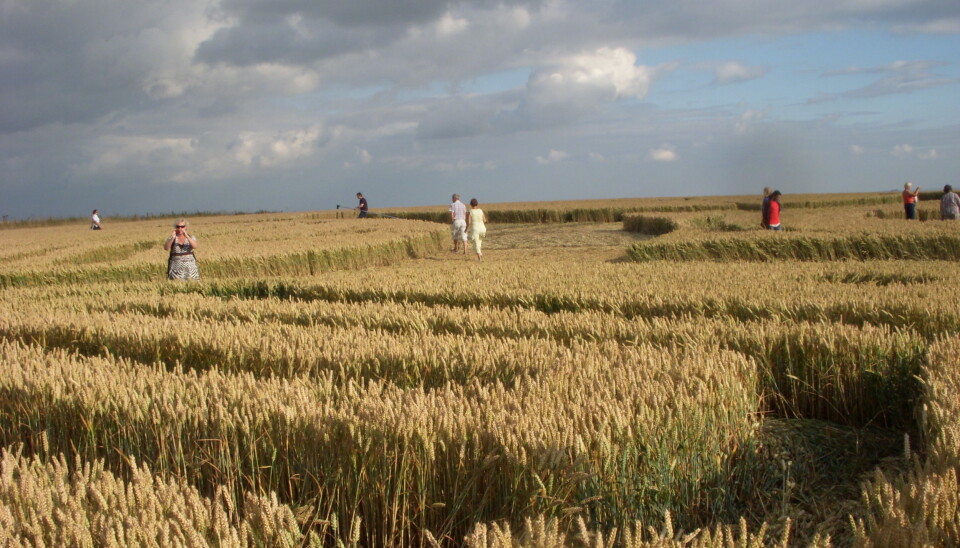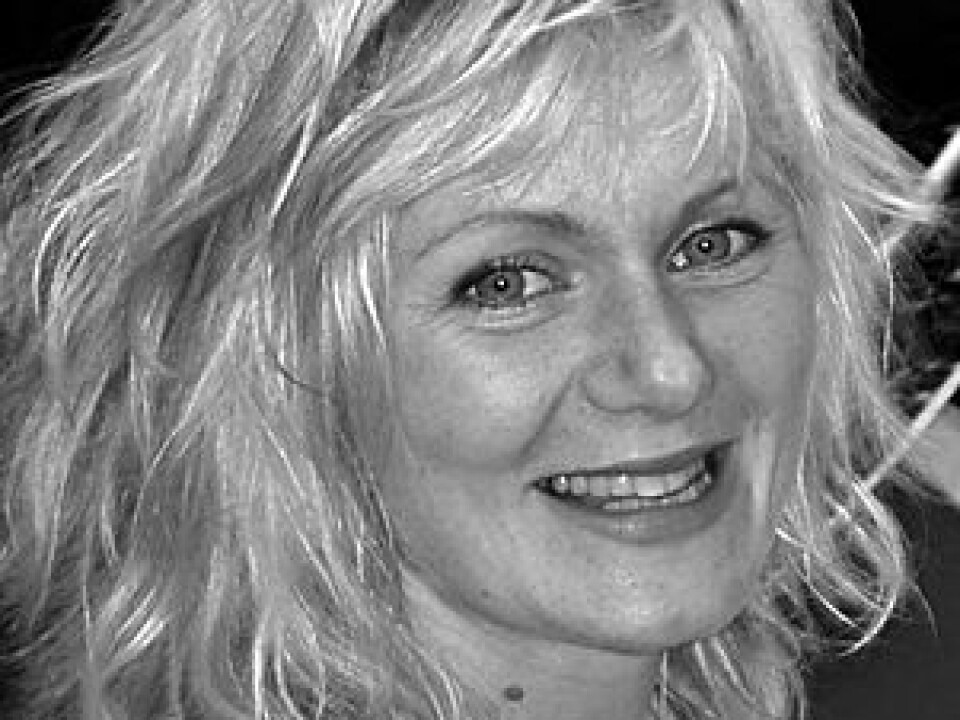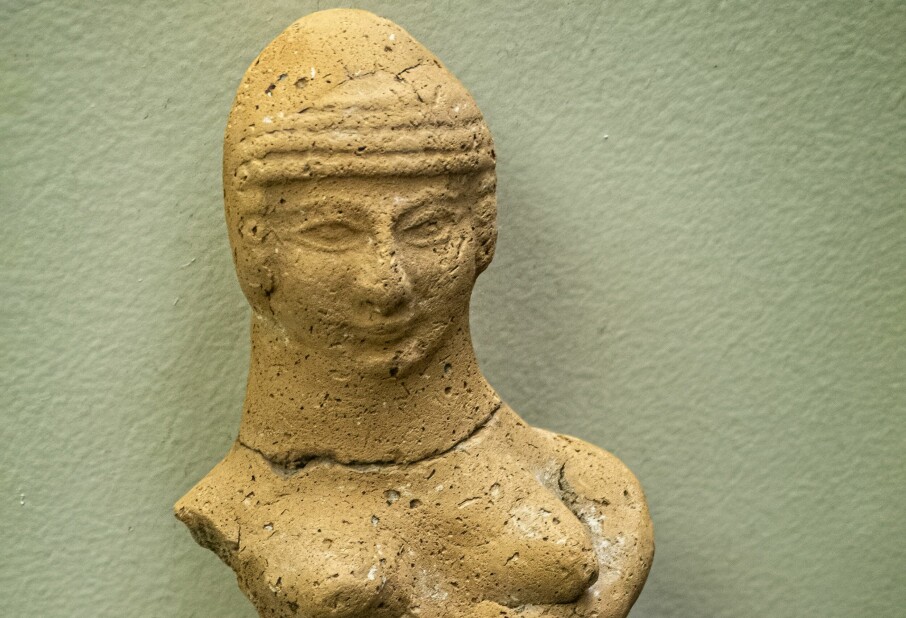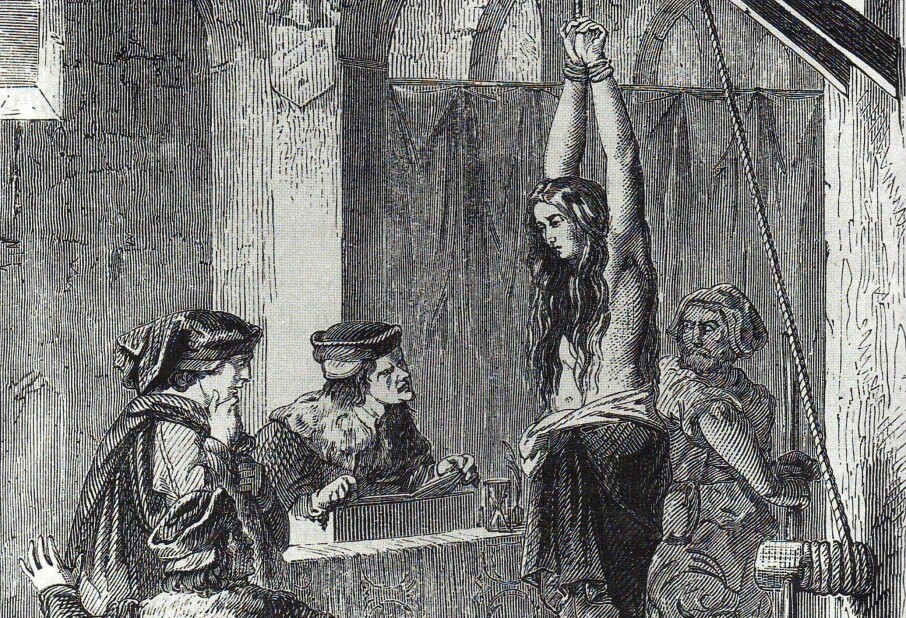This article was produced and financed by University of Stavanger

Fields for religious feelings
Crop circles provide one of many examples of the way religious and spiritual emotions are finding new modes of expression.
Denne artikkelen er over ti år gammel og kan inneholde utdatert informasjon.
While some people experience great benefit when visiting churches, mosques and similar holy sites, Anne Kalvig notes that others get a similar reward from crop-circle tourism.
Enthusiasts refer to the circles as “temporary temples”.
A specialist on religion, Kalvig has studied this subject. Her approach has rested on participatory observation, including walking barefoot in fields with crop circles, and investigations of the phenomenon on the internet.
Involved
“You can be involved a lot or a little in this,” she says. “Ever more aggressive opposition to various forms of new religiosity helps more to demonise this subject than to encourage critical thinking.”

In her view, the failure of scientists to take crop circles and people’s perceptions of them seriously reflects the fact that the formations are unexplained and banal – even almost an embarrassment for many.
Kalvig says that a tension exists between the way this phenomenon is treated by scientists and the approach taken in cultural studies.
The former consider them scientifically dubious, on the fringes of established science, and the latter have largely reduced them to a question of UFO theories.
Kalvig holds that crop circles are one of many examples of how religion and spirituality find expression in new ways.
Interpretations
Crop circles have probably existed for many centuries. The interpretations they attract today are part of the overall approach to religiosity and spirituality in modern culture.
Kalvig has drawn on magical practice to provide a perspective on the crop circle discourse. A definition of contemporary magic is that it serves as a meeting point for new consciousness, old beliefs and modern science.
She defines one type of enthusiast as a magician of chaos. They are usually crop circle creators, and also masculine, self-assertive and ambiguous.
Opposed to these are “kitchen” magicians, to use a term coined by Ingvild Gilhus, professor of religion at the University of Bergen.
These people have a feminine approach, with the emphasis on the relational aspects, on the body and health, and on proximity.
Kalvig saw during her studies that a third category was needed – the “multimagician”, who flips between the various positions, and launched this concept in an article in Aura – a Nordic journal for academic studies of new religiosity.
Such crop circle enthusiasts are less secretive than the chaos type and more desirous of dialogue and openness, while maintaining a post-modern, almost ironic distance from their activities.
Tourism
Wiltshire and adjacent counties in south-west England, with Glastonbury as their “spiritual capital”, have become the scene of a growing crop circle tourism. Kalvig herself accompanied her father and two siblings on such a trip,.
She notes that religious pilgrimages are found in all cultures. The late modern ‘pilgrim tourism’ is an expression of the subjective trend in today’s culture, where the individual experience becomes important.
“This is about an on-the-spot encounter related to the emotions and the corporeal – that which is unique to each individual," Kalvig says.
“In new-religious tourism, the distinction between the self-sacrificing pilgrim and the tourist is highly fluid. The tourist is half-pilgrim and vice versa, to quote classic anthropologist Victor Turner.”
Visitors to Glastonbury, the Mecca of new religiosity, are often devotees of alternative spirituality involved in therapeutic work either full or part time.
They have a common holistic approach to existence, where the cosmos is a spiritual, pulsating and living whole. From such a perspective, crop circles become charged with meaning.
Some believe they convey brotherhood from outer space, while others think these phenomena are manifestations of humanity’s own desires and intentions.
The special feature of this part of England is that the region is also rich in alleged lines of energy and unique ancient monuments, with Stonehenge as the best-known.
A key section in Kalvig’s article deals with the web discourse on crop circle spiritualism, which she feels is an important aspect to get to grips with in studies of the subject.
“Every internet player becomes a spiritual contributor here, something which is again typical of the late modern era,” she points out.
“But the element which makes this something tangible is that people write about their interpretations of crop circles, and often discuss their own position as a participant.”
Kalvig believes that the crop circle phenomenon, with its constantly renewed manifestations, is also very appropriate for an age where the news dimension has become so important.
Translated by: Rolf E. Gooderham
































